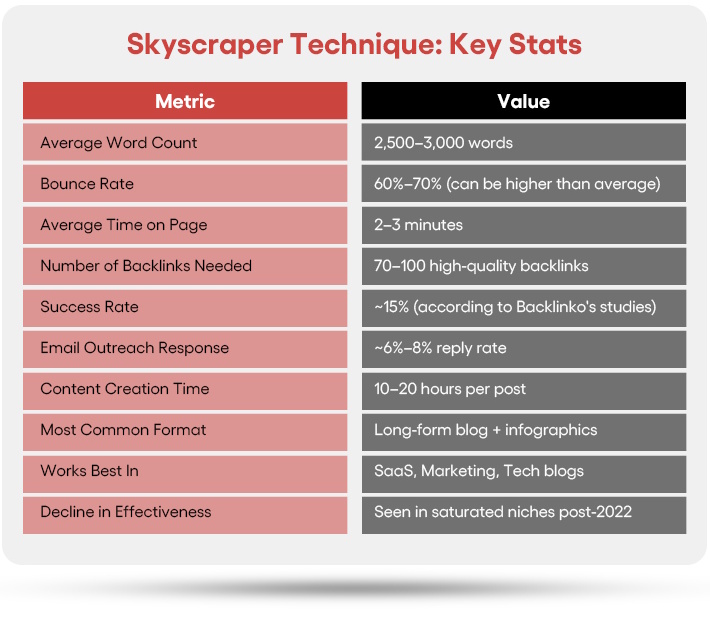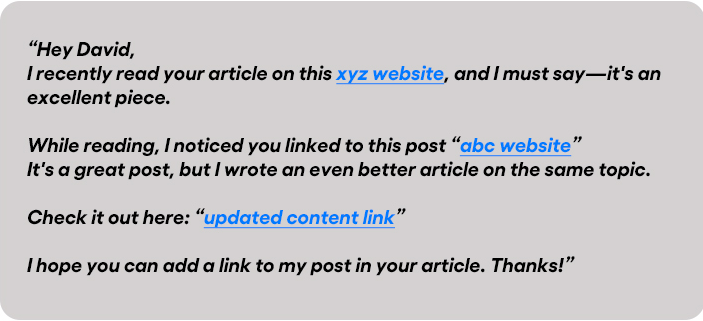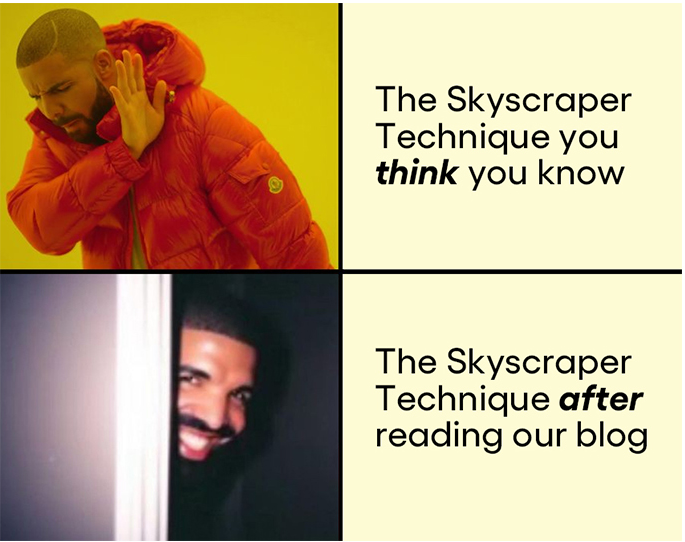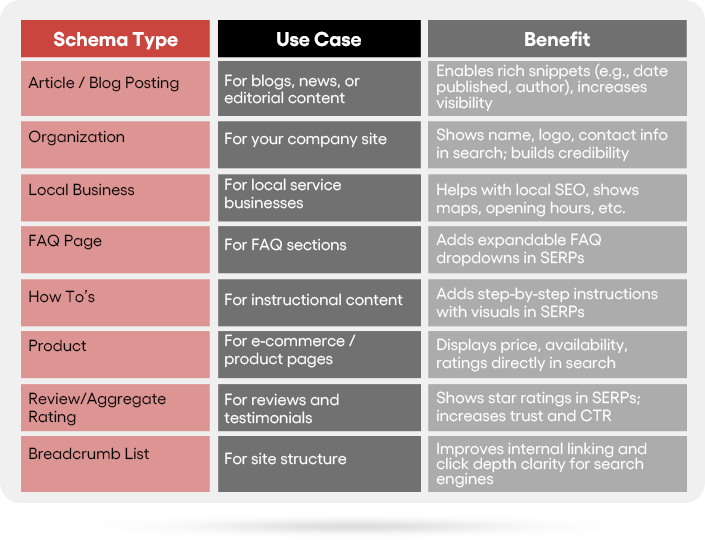
Harsh? Maybe. True? Definitely.
In today’s crowded digital landscape, most companies are persistently searching for the best SEO strategies to stand out among the intense competition. And many end up choosing the popular skyscraping technique—researching top-ranking articles, making a longer and more detailed version, and watching the traffic roll in.
Sounds like a winning strategy, right?
But here’s the hard truth—Skyscraping rarely works as promised!
Unlike genuine performance-building techniques, the skyscraper technique solely focuses on vague metrics like “social shares” or “word count” without proving real business impact. Marketers blindly put all their resources into lengthy guides and exhaustive blog posts, only to see minimal engagement, low conversion rates, and zero ROI.
In this blog, we will break down the features, techniques, and hidden flaws of the skyscraper technique, helping you realize how this approach is often a financial trap and what smarter alternatives exist for sustainable urban growth.

What is the Skyscraper Technique in Content?
Introduced by Brian Dean of Backlinko, the skyscraper technique is a method that is used to build high-quality backlinks by creating superior versions of existing content.
Even though most companies rely upon it, this technique is essentially just content gentrification. It’s basically someone else’s idea, made shinier, and titled as new.
In simple terms, it is an SEO strategy where an existing piece of high-quality content is identified and modified to create a superior version.
This version is then promoted and used to outrank competitors. Even though the skyscraping technique is often praised as a white-hat strategy, in reality, it’s all about expanding existing content without adding real value.

Let’s get into the details of how (and why) Skyscraping can be a waste of money.
Why is the Skyscraping technique a waste of money? (And time)
Readers of today value clarity and actionable insights over fluff.
Why invest in a 5000+ word post when a concise 1500 word guide can just outperform it in engagement and conversation. Let us look into some of the major issues with the skyscraping technique.
• Low Effort
Creating a piece of content should come as a product of creativity and vision. Opposing this, skyscraping techniques silently encourage low-effort content creation. It might sound “smart” in theory, but in practice, it’s a crutch for lazy marketeers who are highly focused on gaming the algorithm rather than offering any real value.
The entire process of skyscraping content deviates from the idea of researching, adding new perspectives, and including authentic expertise. Rather, it focuses on rearranging existing sections, throwing in a few extra stats, bulking up the word count up to 5000 words, and voila—a new “superior” content is born.
If the top 10 results on Google tell you the same thing in a slightly different way, it’s clear there’s a problem.
What’s ironic about skyscraping is that no matter how many words are added, the bulked content still reads the same, with no added value. Just a whole lot of fancy formatting.
• Clog and Clutter
If piggybacking on others’ content wasn’t enough already, skyscraping jams up search results with carbon copies of repetitive and derivative articles of the same core idea. For people who are genuinely interested and looking for diverse options, impactful data, and actionable analysis, this flood in the search panels creates a frustrating experience.
Since when did clutter become a content strategy?
The skyscraper technique has turned content marketing into a race for word count, insanely focusing on quantity over quality, and repetition over originality. This results in lowering the creative bar, restraining content creators from thinking like real storytellers.
• Aggressive Link Building
So what do you think happens after a marketeer has created “superior” content?
If you are thinking of frantic outreach and backlink hunting, you are right on track. Well, here’s an example of what actually happens:

What begins as a polite request soon spirals into mass emailing and cold-pitching site owners. Some marketers blast endless emails at scale, hoping that a small percentage of the website owners will respond back. Since these emails are created out of an urge, they contain little to no personalization, and no real relationship building. Furthermore, the unconvincing pitch offers no incentives to the site owners and web admins.
The result? Annoyed website owners and a ton of unanswered emails.
• Google Knows
Well, just when marketers thought that lazy content upgrading (aka skyscraping) was going to solve all the ranking problems and heighten their website’s authority, Google stepped in.
Today, search engines are increasingly tracking and taking down manipulative link-building tactics, especially those that are not earned through genuine value or organic editorial interest. Google doesn’t reward articles based on word count; rather, it values relevance, depth, and intent alignment.
So remember, skyscraping can not only damage your brand name but also lead to website penalties.
• No one likes “Bloating.”
Google doesn’t reward articles based on word count; rather, it values relevance, depth, and intent alignment. Most companies think that skyscraping is their ultimate way to Google’s front page; however, in reality, what these companies end up getting is a bloated, keyword-stuffed article that in reality doesn’t deliver results.
In short, you’re not paying for performance — you’re paying for volume. And in the age of semantic SEO, that’s a bad investment.
• Is it “Better” or just “Longer”
Skyscraping claims to deliver better content, but actually, all it offers is fluff. It is content that consists more of recycling than innovation. Modern readers are savvy; they know when they’re reading a rehashed version of something that they have already read. Swapping out the intro, tossing in a stat, and shuffling some sections around doesn’t make the content fresh or valuable—it just makes it longer.
All that budget spent on writing, editing, designing, and promoting a “bigger” blog post often ends up getting wasted.
Breaking Barriers: Our Solutions
At Nico Digital, we believe SEO should be smarter, not louder. That’s why we use a semantic-first SEO approach to help your content rank without resorting to outdated tricks like skyscraping.
Our approach is simple but effective:
- We write for your users—not for Google. Every article directly answers the search intent in the first few scrolls. No unnecessary rambling, no keyword stuffing. Just real answers. Here at our SEO agency, we understand that modern SEO success comes from using actionable insights and clarity, not by jamming keywords into content. We help websites transform their content from fluff to valuable resources that audiences want to read and share.
- We strategically interlink content to guide both users and crawlers through your site. Say no to 404 errors. By strategically placing and creating content pieces, Nico Digital has ensured that website visitors can easily navigate between relevant topics. We also ensure that search engines effectively index content and understand the site structure.
- And the best part is that we help you show up in featured snippets, FAQs, or “People Also Ask” boxes. Say Hello to Schema Markup. This technical optimization allows clients to capture more visuals on search results pages, dramatically increasing CTRs and establishing authority in their industries.

Still Skeptical? Here’s the Evidence
To cultivate a strong connection with tea enthusiasts and other consumers, Jaishree Tea—a beverage-focused brand—invested heavily in content marketing. They blindly followed the widely-hyped Skyscraper Technique, churning out several blogs that ranged from 5,000 to 7,000 words.
The goal? Outrank active competitors by writing “the most definitive guides on the world of tea.” On paper, this strategy looked like a winner.
But in reality? It completely missed the mark.
Despite weeks of effort and thousands of words, Jaishree Tea’s blog traffic remained stagnant. Rankings plateaued, bounce rates spiked, and very few pages even cracked Google’s top 50 results. Their content was technically correct—but directionless and lacked excitement.
It read more like a textbook than a conversation.
Stripping Away the Excess
Analyzing the user behavior (via heatmaps, scroll depth, and exit paths) on their website and in their target audiences, we figured out that they had one major flaw: they were writing to rank, not to help.
So, we did the unthinkable: we slashed their bloated 6,000-word articles down to lean, elegant 2,400-word pieces. We removed redundancy, added insightful ideas, and eliminated filler that served no purpose.
The result? Faster-loading, more readable blogs that got to the point and retained readers.
Adding Semantic Keyword Clusters
We replaced the long phrases with semantic keyword clusters (groups of related terms that naturally supported the core theme). These terms were natural, context-rich, and carried high search intent—all things Google loves.
Instead of awkward repetitions like “best green tea for immunity” 12 times, we used phrases like:
“Herbal blends for gut health
Antioxidant-rich tea blends
Chamomile Tea Vs Green Tea…”
The Search Query Concentration Problem
Most brands end up scattering their SEO efforts like confetti at a parade, and then wonder why nothing works out for their website. So, we consolidated their scattered blog topics into organized and concentrated content pillars. We eliminated overlapping content themes, and stopped the internal competition that was sabotaging their rankings.

The Internal Linking Nightmare
Analyzing the click-through patterns and user navigation flows on the website of Jaishree Tea, we uncovered a digital labyrinth that was more like “link to everything and hope something works”—a scattershot approach that confused both users and crawlers.
So, we stripped away their random internal links, eliminated dead-end pages and rebuilt a strategic link architecture. This new structure consisted of clear content hierarchies, and logical pathways that actually guided users toward conversion.
And what happened as a result?
Clean navigation that kept visitors engaged longer and search engines that could finally map their site structure, boosting overall domain authority and page rankings across the board.
(Not So) Final Thoughts
Nobody is impressed by your 10,000-word content skyscraper; instead, it is wearing them out. Understanding what users truly need is the key to modern SEO success, not counting paragraphs like a medieval monk. Instead of building a monument out of fluff, provide your audience a bridge to their solution.
At Nico Digital, we strategically make high-performance content designed to dominate your niche with our proven SEO frameworks.
Reach out to us today for content that gets you rankings.
















